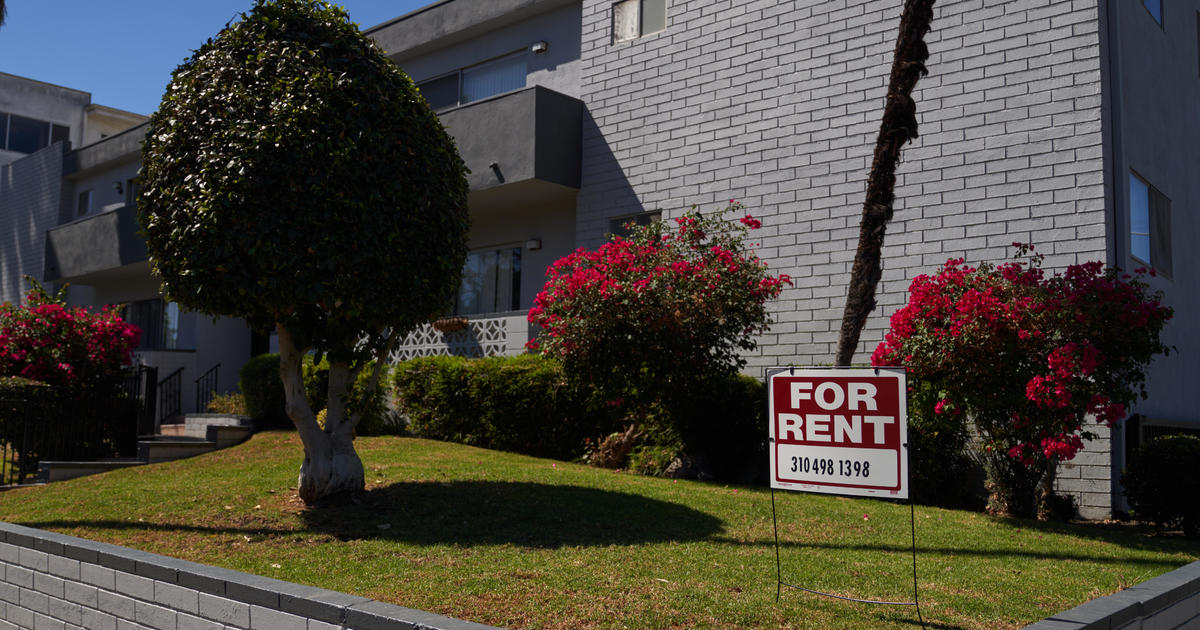For years, one of the main benefits of moving to the suburbs has been the opportunity to rent a place for a lower price compared to the city. However, this price gap is gradually disappearing.
Recent research from Apartment List reveals that rental prices in suburban areas grew faster than in cities during the early years of the pandemic. Since then, rent declines in urban areas have outpaced those in the suburbs, narrowing the average rent price gap between the two.
As an example, Apartment List data shows that in Atlanta, the median rent in the urban core was $1,529, while it was $1,677 in the Sandy Springs suburbs as of July. In Detroit, the median rent in the inner city was $968, compared to $1,498 in the suburbs of Dearborn and Warren, Michigan. A similar trend was observed in Portland, Oregon, with median rent in the city at $1,376 and $1,719 in the Vancouver and Hillsboro suburbs.
So, what led to the surge in suburban rents during the pandemic and why are they falling at a slower pace than city rents?
Pandemic-spurred population changes
Millions of Americans chose to leave major cities during the pandemic for various reasons, such as reducing their exposure to COVID-19, being with family, or seeking more spacious housing in anticipation of remote work. According to the Pew Research Center, around 4.9 million people moved from cities to the suburbs or rural areas in 2020 alone.
This influx of people into suburban areas caused a surge in rental demand and subsequently led to higher prices. Between March 2020 and now, rents in the suburbs increased by 27%, outpacing the 20% increase observed in urban areas, as reported by Apartment List. Rent growth in the double-digits continued in 2021 and 2022.
Apartment List states that rents in Atlanta, Detroit, Portland, Seattle, and St. Louis jumped between 15% and 21% during this period. The report highlights that within the first 12 months of the pandemic, suburban rent growth outpaced core city rent growth by almost 8 percentage points, reaching its highest level.
However, it’s worth noting that on a national average, rent in the suburbs is still cheaper than in cities. For example, in Tennessee, suburban rents are $375 per month less than metro area rents. Similarly, the average rent in Iowa is $895 per month, compared to $1,120 in Iowa City, the state’s largest metro area, according to data from the World Population Review.
Nevertheless, the gap between suburban and city rents is shrinking. In 2019, suburban rents were on average 12% cheaper than city rents, but by 2022, this difference decreased to 5.8%, as reported by Bloomberg.
Soaring home prices
Another factor contributing to higher rents in suburban areas is the skyrocketing home prices. The cost of buying a home has become unaffordable for many Americans, with average mortgage rates increasing by 7.2% and median home prices surpassing $400,000. The National Association of Realtors reported that the typical homeowner pays $2,051 for their mortgage payment, compared to $1,837 a year ago.
These increased costs are forcing Americans who would have otherwise been in the market to buy a home to continue renting for a longer period, which in turn reduces the number of available apartments for rent.
Renting a home is still considerably cheaper than buying one, but rent prices are continuing to rise. CoreLogic’s data shows that rent for single-family homes increased by 6% year-over-year in June in Boston, Chicago, Orlando, Charlotte, St. Louis, San Diego, and Honolulu. Additionally, Molly Boesel, CoreLogic’s principal economist, predicts that rent at apartment complexes will rise at a faster pace this year compared to single-family dwellings.
New construction hasn’t finished yet
When Americans started moving to the suburbs, there was already a severe shortage of available rental units nationwide. According to a report from the National Low Income Housing Coalition, the U.S. had a shortage of 6.8 million affordable rental homes for low-income Americans as of March 2020. This supply shortage contributed to the continuous increase in suburban rent between 2020 and 2022.
However, construction companies have begun addressing this shortage in recent years. Apartment List reports that construction started on approximately a million new apartment complexes in 2023, the highest on record. Around 520,000 of these complexes will be available for renters this year, while the rest will be completed in 2024, according to CoStar.
Danielle Hale, chief economist for Realtor.com, states that the rising rental supply is a significant factor in the downward trend of year-over-year rent growth. The data from Realtor.com shows that rent prices have dropped for three consecutive months (May, June, and July) compared to the previous year.
Denial of responsibility! Vigour Times is an automatic aggregator of Global media. In each content, the hyperlink to the primary source is specified. All trademarks belong to their rightful owners, and all materials to their authors. For any complaint, please reach us at – [email protected]. We will take necessary action within 24 hours.


